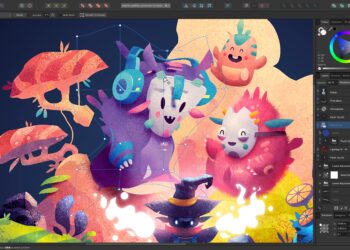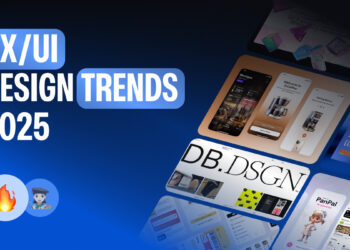image from: www.extensiv.com
Design is more than just aesthetics—it’s a business. In 2025, with increasing global competition and sophisticated clients, success as a designer hinges not only on creative talent but also on the ability to operate as a strategic business owner. Knowing how to price, package, and scale your services is critical to building a sustainable, high-income creative career.
This article dives into actionable strategies to treat your design services as a business, helping you attract better clients, command premium rates, and grow with intention. Whether you’re a freelancer, studio owner, or creative consultant, this guide is optimized for high-earning markets like the U.S., U.K., Canada, and Australia—and written to meet international SEO standards.
1. Pricing Your Design Services: From Hourly to Value-Based
a. Hourly Pricing
- When it works: Short-term, low-risk projects.
- Downside: Limits income potential; penalizes efficiency.
b. Project-Based Pricing
- When it works: Repeatable scopes (e.g., logo design, landing pages).
- Tip: Use time-tracking to benchmark profitability.
c. Value-Based Pricing
- When it works: High-impact projects (e.g., rebrands, product UX).
- Strategy: Align price with ROI for the client.
💡 Pro Tip: Use anchor pricing—present three tiers with increasing value to shift perception and increase average order value.
2. Packaging Your Services to Attract Premium Clients
Great design work alone won’t land high-paying clients—you need to position and package your services strategically.
Key Service Packages:
- Brand Identity Package: Logo, typography, color palette, brand guide.
- Web Design Package: UI/UX wireframes, responsive design, CMS setup.
- Ongoing Design Retainers: Monthly deliverables for social, web, or product.
How to Package:
- Name your packages (e.g., “Brand Kickstart”, “Growth UI Suite”)
- Define deliverables, timeline, and client outcomes clearly.
- Offer add-ons like rush delivery, brand strategy, or conversion audit.
📦 Tip: Premium clients want clarity and results—your offer must solve a business problem, not just look good.
3. Scaling Your Design Business
Scaling doesn’t always mean hiring a large team. It’s about increasing income and impact without burning out.
a. Productize Your Services
- Create fixed-scope, high-demand offers (e.g., “1-page site in 7 days”)
- Use automation for onboarding, proposals, and invoicing.
b. Build a Referral-Driven Funnel
- Ask happy clients for introductions.
- Offer affiliate/referral bonuses.
c. Diversify Revenue Streams
- Sell digital products: templates, UI kits, brand strategy guides.
- Launch a course or workshop on design or freelancing.
d. Outsource + Delegate
- Hire subcontractors for overflow or repetitive tasks.
- Use virtual assistants to handle admin, follow-ups, scheduling.
🚀 Scalability Tip: Focus on repeatable systems—not just custom work.
4. Tools to Run Your Design Business Smoothly
| Category | Tools to Try | Purpose |
|---|---|---|
| Contracts & Proposals | Bonsai, Indy, PandaDoc | Send branded, legal-ready docs |
| Time Tracking & Invoicing | Toggl, Harvest, FreshBooks | Track time, manage payments |
| Project Management | Notion, Trello, Asana | Keep tasks organized |
| CRM & Client Portals | Dubsado, HoneyBook | Manage client communication |
| Passive Income | Gumroad, Teachable, Framer | Sell digital goods & courses |
5. Positioning Yourself as a Premium Design Partner
Clients don’t buy design—they buy outcomes. Your positioning, portfolio, and communication should reflect the business value you provide.
How to Position:
- Highlight ROI in case studies.
- Use industry-specific language (speak like a partner, not a pixel-pusher).
- Be visible on LinkedIn, Behance, Dribbble with strategic content.
🔥 Differentiation Tip: Sell results, not hours. Show that your design drives growth, engagement, and conversions.
Final Thoughts: Creative Talent + Business Strategy = Long-Term Success
Designers who think like business owners have a serious edge in 2025. By pricing strategically, packaging smartly, and scaling intentionally, you can create a design business that’s not only creatively fulfilling but financially sustainable.
Remember: you’re not just a designer—you’re a creative entrepreneur. Start treating your services like products, your time like capital, and your clients like partners.











